TRAVEL EXPERIENCES IN HA GIANG, VIETNAM
19-03-2019…and starting with hills, valleys and villages and with the ethnic minorities (Hmong, Tay, Dao, Nung, Lo Lo, Giay, Pu Peo). The farthest and the most beautiful place of Ha Giang province is Dong Van Karst Global Geopark, designated by UNESCO as one of 77 sites with the important geological and cultural heritage. This geopark is littered with the ethereal karst formations that are nearly 400 million years old, and has twoprotected areas.
Authenticity, nature, beautiful mountains and no tourist crowds.
Dong Van Karst Global Geopark is the home of 17 ethnic minority groups.
Ethnic minorities create a unique and rich cultural heritage of the area. Traditional practices and habits of these ethnic groups are very diverse and interesting, and they attract many travellers who have a chance to explore these unique aspects. The northern most place of Vietnam is the village Lung Cu which has the Vietnamese flag on Dragon mountain. Lung Cu is known for its many special foods and beverages. You can taste the alcohol made from honey and corn, or Thang Co soup, which is cooked from every part of the animal.
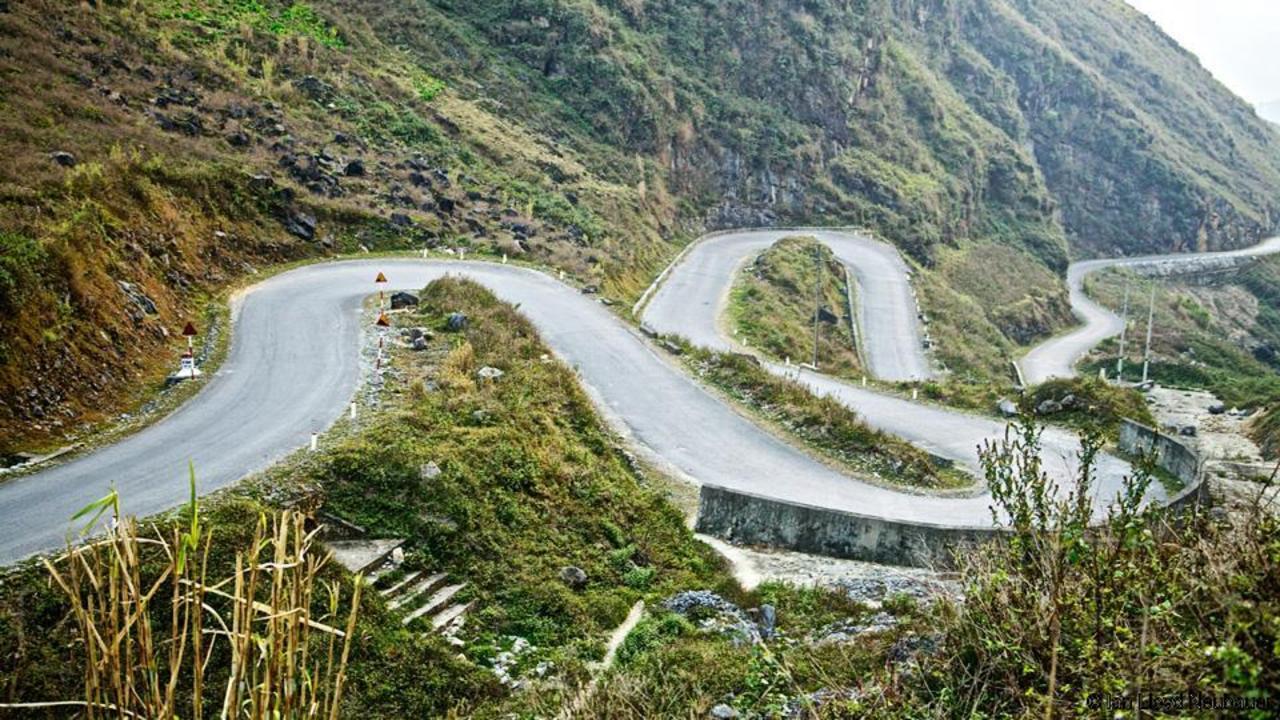
THING TO DO:
Meo Vac's famous weekend market
One morning we awoke at 6 am and, in the dark, made our way to Meo Vac's famous weekend market. Dressed in their Sunday best, the Hmong people gathered in the thousands, buying and selling herbs such as ginseng, anise and cinnamon, apples the size of pears, pears the size of melons, the butchered carcasses of pigs, goats and dogs, handmade rice noodles and huge slabs of tofu. They also sold homemade corn wine, a fiery spirit with a vodka-like finish and warm, aromatic flavours. It was here that I saw Western faces for the first time since leaving Hanoi: a retired couple from France travelling around on local minibuses. They were as surprised to see me as I was to see them. (Ian Lloyd Neubauer)
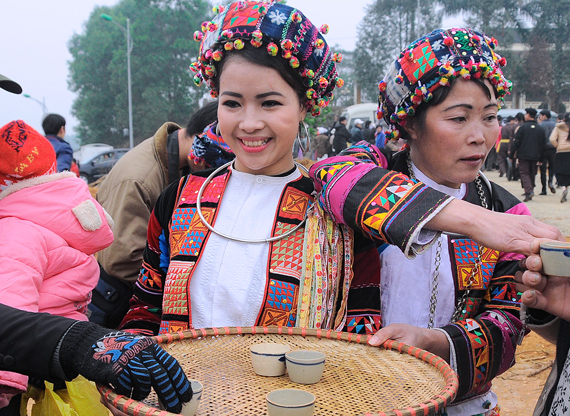
Vuong Palace - The Old Hmong King's Palace
About 15km south of Dong Van town in the Sa Phin Valley is Nha Vua Meo: the Palace of the Hmong King, a two-storey four-winged building backed by massive sawtooth cliffs and enclosed in a forest of pines. Built by Chinese tradespeople in 1902 for the Hmong warlord Vuong Chinh Duc, the fortress-like building includes 500mm-thick stone walls set within an 800mm-thick stone barrier, two internal courtyards, 64 bedrooms where the king's wives, children and guard slept, a shrine, armoury, marijuana store – and a large stone block used for lopping off traitors' heads. Only one other Hmong king – communist sympathiser Vuong Chu Sen – lived in the palace before it was abandoned during the Anti-French Resistance War, known in Vietnam as the French War, of 1946 to 1954. Today the palace is run as a museum with a small collection of period artefacts set in dusty glass cases. (Ian Lloyd Neubauer)
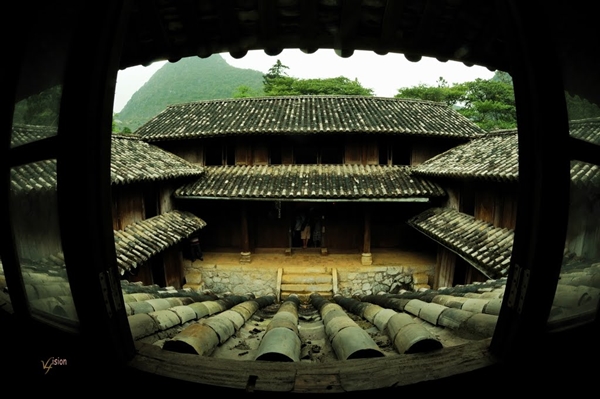
Dong Van's Old Quarte
At the northern end of P Co, just past the old market plaza, a narrow lane, backed by a limestone cliff, meanders into the compact old quarter of Dong Van. The traditional terracotta-coloured adobe houses here, with timber details and slouchy tiled roofs, date from the French colonial period.
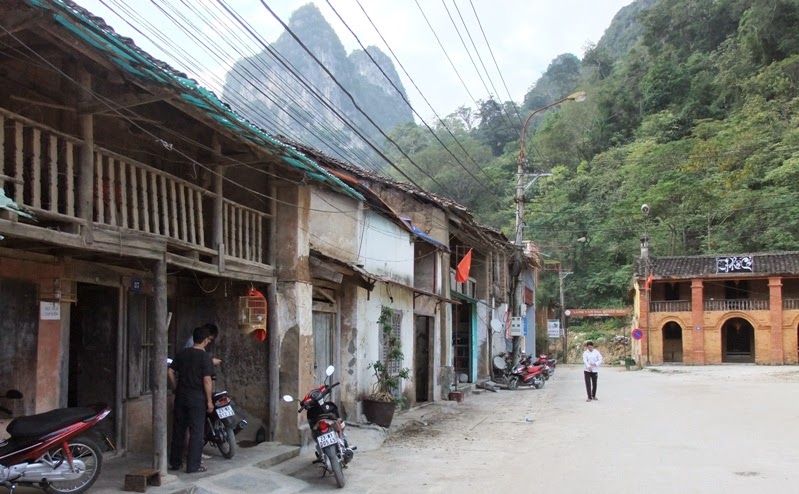
Dong Van Karst Plateau Geopark
Dong Van Karst Plateau Geopark is a geopark in northern Vietnam, on the Chinese border. It is a member of the UNESCO Global Geoparks Network and Asia Pacific Geoparks Network
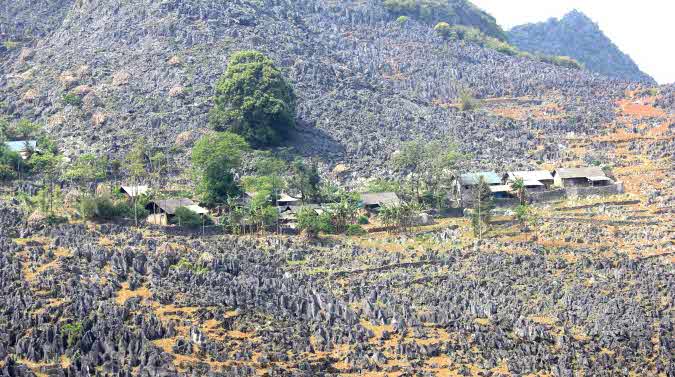
Weaving by hand
.jpg)
In this photo, a Hmong woman in traditional dress works an antique loom inside a barn on the outskirts of Yen Minh town, approximately 90km south of Dong Van town – the capital of Dong Van district. (Ian Lloyd Neubauer)

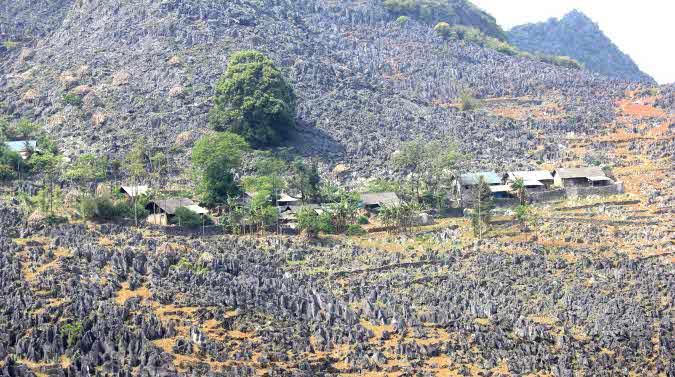
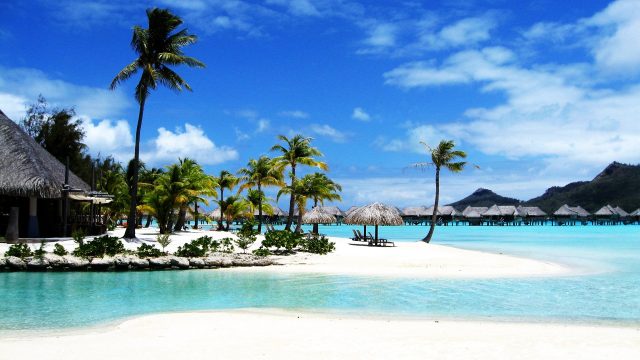
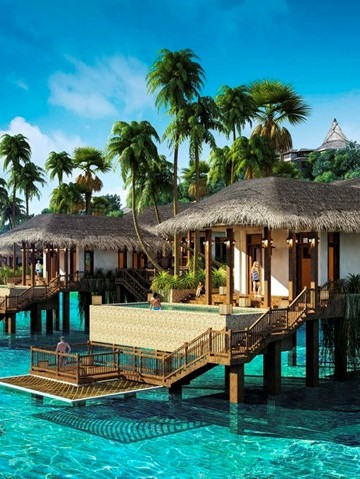
.jpg)
.jpg)
.jpg)
.jpg)
.jpg)
.jpg)
_.jpg)
.jpg)
.jpg)
.jpg)
.jpg)
.jpg)
.jpg)